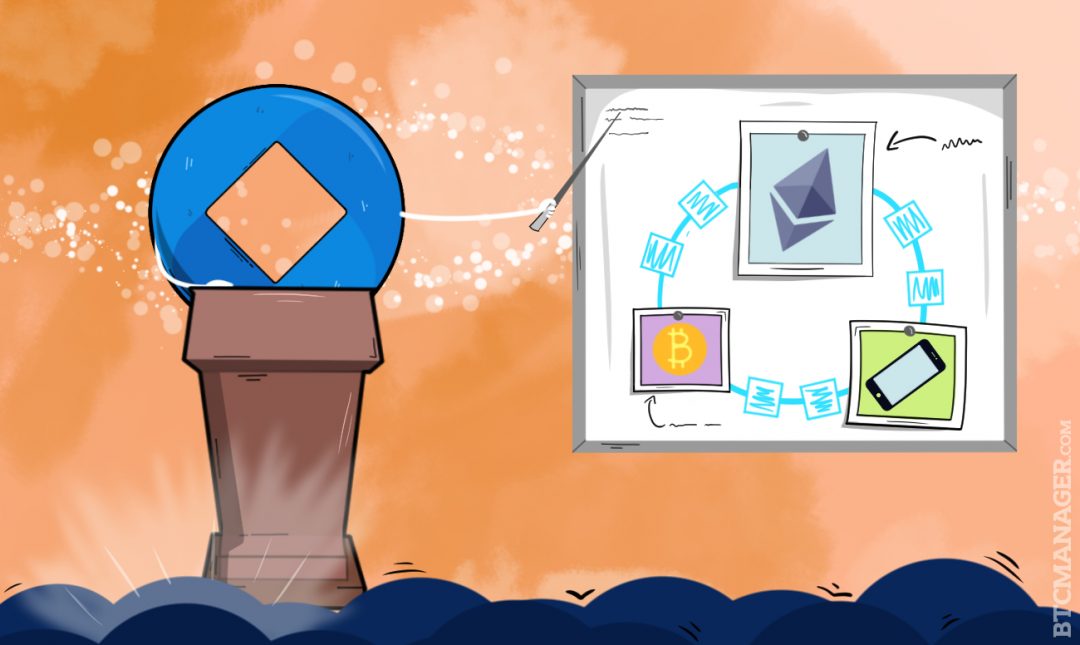Can Omise Capitalize on Ethereum to Become “Asia’s M-Pesa”?

During the EDCON in Paris held February 17-18, a company called Omise announced it was gathering the resources to develop a network allowing interoperability between mobile money systems like M-Pesa, the mobile money success story out of Kenya, using blockchain technology. Omise is one of the leading payment gateways for Southeast Asia. Based in Thailand, the company provides a secure and white label solution to merchants and enterprise businesses.
Omise is looking to develop the infrastructure that will allow all types of e-money to connect, moving forward with the research to develop blockchain interoperability using the Ethereum technology. With this, the company says it will provide interoperability across a wide range of digital currencies and other digital payment networks such as Cosmos and Parity.
The company advisory board includes Ethereum’s Vitalik Buterin and Vlad Zamfir; Jae Kwon of Cosmos and Tendermint; and Dr. Gavin Wood, Ethereum co-founder and Founder of Parity. Since 2014, the company has expanded and is now quite active throughout Asia and the Pacific region. With this new initiative Omise is looking to conquer the African market by creating the needed infrastructure for a complete interoperability between mobile money using the Ethereum blockchain technology.
Wendell Davis, product development lead at Omise stressed:
“We are looking towards a future when public and private chains are interoperable. I think that is going to be the defining narrative in 2017. This dichotomy between public and private blockchain is a false dichotomy.”
Since M-Pesa has already reached over 80 percent penetration, connecting other mobile money systems, and cutting expenses and other costs from cross-border remittances, requires an entirely new infrastructure to make it work. That was one of the main reasons for the company’s decision to use Ethereum to develop this new platform; their technology could be the best choice because their ledger can solve many interoperability issues and allows for the development of multi-payment platform applications. Thomas Greco a special advisor to Omise and Ethereum commented:
“The shared ledger allows us to have one standard for all these different e-wallets that are currently siloed away from each other. We can give them a reason to trust each other without having to know each other’s data because there are also privacy features that we will implement to keep their business consumer data safe from their competitors.”
Greco describes the project as “decentralized inter-Asia M-Pesa.” Ultimately the company mission is to have hundreds of millions of unbanked people using a decentralized network where the users are the owners. Thomas Greco goes on to state their ambition is to “fulfill the original vision of one CPU/one vote,” where financial networks are controlled by a wide array of participants and ensure there will be no elements of centralization. To fulfill their vision Omise intends to create “a proof-of-stake financial network.” Stakeholders will have access to what the company is calling their “fee revenue” initially.
To become mainstream, Greco said:
“The second part is to have a currency that is backed by the power of a decentralized network. Bitcoin never became mainstream. We aim to accomplish both these things but do them separately. Bringing decentralized currencies to mainstream users will be accomplished by pegging the Omise network and making it interoperable with public chains like Ethereum and Cosmos.”
Omise has contributed to the funding of the Ethereum Foundation’s DEVGRANTS, as well as Raiden, a payment channel for Ethereum likened to Bitcoin’s Lightning Network. But it remains to be seen whether the partnership will propel us toward a future of public-private chain interoperability. There are many other organizations utilizing blockchain technology to achieve a similiar aim to Omise’s. For example, Stellar, which has already successfully formed an international, decentralized financial network with strong interoperability features, is also focused on the African and Asian markets.












